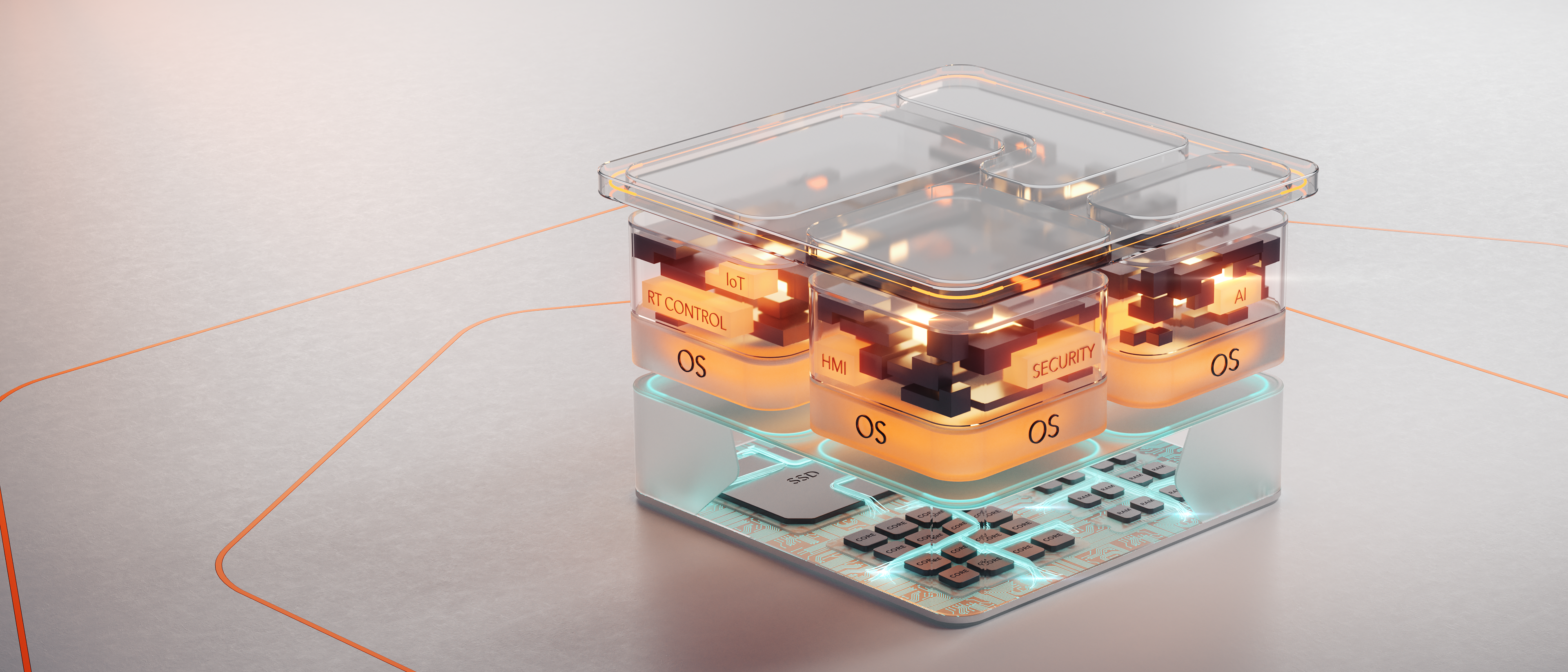From Module to Platform: Why Embedded Systems Need to Deliver More Today
The embedded systems industry is at a turning point. In a world increasingly driven by software, OEMs no longer just want powerful hardware. Today, both OEMs and system developers are looking for integrated platforms that handle the time-consuming and complex groundwork. They want answers to key questions like: How can we reduce NRE (non-recurring engineering) costs and TCO (total cost of ownership) while maximizing ROI? These are critical factors in bringing products to market faster and with greater reliability. The line between hardware and software is blurring – and that means embedded platforms must now function as complete, ready-to-use solutions that can do far more than they could just a few years ago.
Embedded Platforms in the Age of Disruptive Technologies
Traditionally, embedded projects began with choosing the right hardware, considering factors like processing power, energy efficiency, form factor, and long-term availability. Software was typically developed separately and integrated later.
But with the rise of digitalization, the core requirements for embedded platforms – and their software – have changed dramatically:
- Operating systems must be secure, scalable, and support over-the-air (OTA) updates – ideally preconfigured and licensed
- IoT capabilities and remote device management are now expected as standard
- Security features and virtualization are becoming the norm
Today, system developers want to begin working with a functional prototype as early as possible – on a platform that already includes much of this infrastructure.
Pre-installed Software Accelerates Innovation
The clear trend is toward “out-of-the-box” embedded platforms that deliver hardware and software as a fully tested, ready-to-run unit. Developers no longer want
to invest effort in the tedious and time-consuming tasks of selecting, installing, and configuring:
- Industrial-grade OSs like Ubuntu Pro
- Real-time capable, modular platforms like ctrlX OS
- Hypervisors for securely isolating multiple applications
- IoT stacks and device management systems for fleet control
These preconfigured systems significantly reduce integration effort, minimize risk, and dramatically improve time-to-market – an undeniable competitive advantage.
Time-to-Market Matters – Now More Than Ever
This shift is also changing what’s expected from embedded systems. It’s no longer enough to simply deliver high-performance modules. What’s needed are fully integrated platforms – solutions where the hardware comes pre-installed with functional software. Providers that can deliver these complete packages from a single source are laying the foundation for faster, more robust, and more maintainable systems.
It’s a tall order – requiring high standards for compatibility, security, and long-term support. But it also opens the door to major opportunities as developers can now focus on their core applications instead of spending weeks on low-level integration tasks.
Conclusion: Getting a Head Start Means Gaining the Lead
The demands on embedded systems are increasing – and so are expectations for the platforms they run on. Hardware bundled with tested, optimized software gives developers greater focus, improved reliability, and a faster path to market.
💡 Interested in embedded platforms with pre-installed, compatible software?
Then take a look at our aReady.COM offering, where we at congatec demonstrate how we’re evolving from modules to complete solutions, helping you reach your goals faster.


